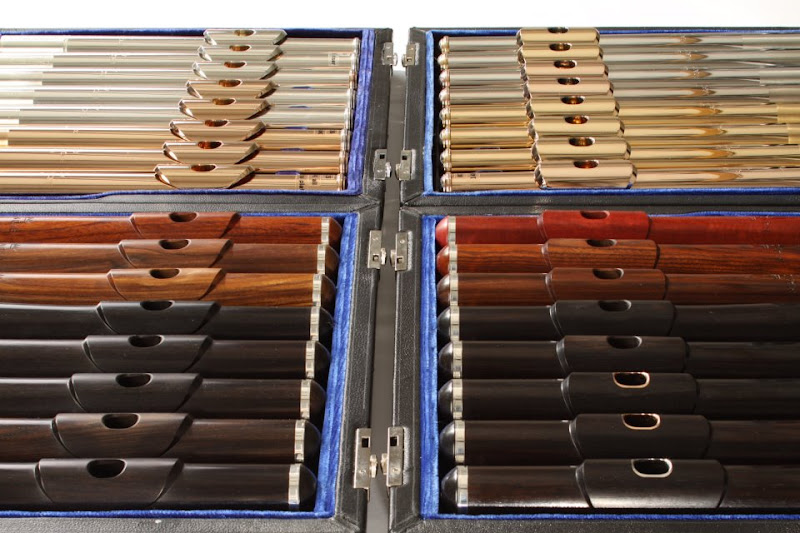As I have previously written an interesting musical instrument exhibition will be a weekend in Budapest Mr. Mancke – a main guest on the event – was kind enough to chat with me and undertook to give visitors first-hand informations about his work and headjoints, that is the Mancke Headjoint:
This is your first time to vistit in Budapest?
Budapest is a great city which I have always wanted to visit. Plans to visit in the past haven’t worked out, so I´m happy to come now!
Do you know Hungarian flutists?
I`m in good contact with Janos Balint, who actually invited me to exhibit Mancke headjoints in Hungary – my thanks to him! I´ve met Eszter Alföldy-Boruss at several international events, and I have known Andras Adorjan for a long time. I respect them as great artists and teachers.
How did you meet the flute and flutemaking?
My father began headjoint making in 1986. So from an early age, I was familiar with the instrument. I played saxophone first, then switched to the flute and studied with Hans-Martin Müller of the WDR Radio Symphony Cologne.
When and how begin your story as flute-headjoint maker?
When I became seriously interested in flute / headjoint making, I decided to do 3.5 years training as toolmaker. This was essential to enable me to design special tools, machines and parts for the headjoint making after joining the family business. We then focused on research and development, to develop new headjoint models and combinations of materials.
I also made tools for Dana Sheridan (among others), who taught me about flute making.
What was your first job?
I started with sanding and polishing parts, which is quite tricky but not a lovely job!
Before you started to build your own headjoints business, what ideas were leads you?
My general plan was to make the Mancke flute. Over the years, after research and development on the headjoints, Mancke headjoints have become increasingly popular and are in high demand. Therefore, I have specialized in headjoint making as there was no time left for developing the Mancke flute.
You use a lot of combination of materials as silver, gold , platinum and wood. In your experience, what colors and properties of the flute players looking for in a headjoint mostly?
Musicians, tastes, demands, needs….are so different. That is why Mancke handmade headjoints are available in nearly one hundred models and combinations of materials, offering the broadest selection available in the industry. The goal is to not limit Mancke headjoints to a certain sound, but to improve the high end potential of the flute in general. The Mancke headjoint specific quality is the mix of an intense sound with a rich presence and depth.
You worikng on your headjoits scientific or intuitive way?
There is a balance of both needed. For example, to understand how to use and support the specific characteristics of the different precious metals, you need the scientific point of view.
To work on the sound, the most important thing is the human ear. Every musician hears and describes sound and colors different. That’s why I cut all Mancke headjoints myself – always the same hands, same ears which lends consistent characteristics across all of them. That’s the basis and from there I strive to meet certain custom demands.

How do you think about the future of flute and headjoint making?
The Boehm design is used little changed till today. A great invention is the “Kingma System” by Eva Kingma, a new key-on-key system which allows for quarter tone fingerings, more tuning and color options, and new expressiveness with the instrument. Headjoint making is very fascinating, even very fine details and changes have a huge impact. My goal is for Mancke headjoints to continue to push the limits of excellence in all areas. Development and improvement will continue to raise standards, even though the design and quality of flutes and headjoints of the leading high end makers of today are already excellent.
Thank you for the interview and I wish you good work!


